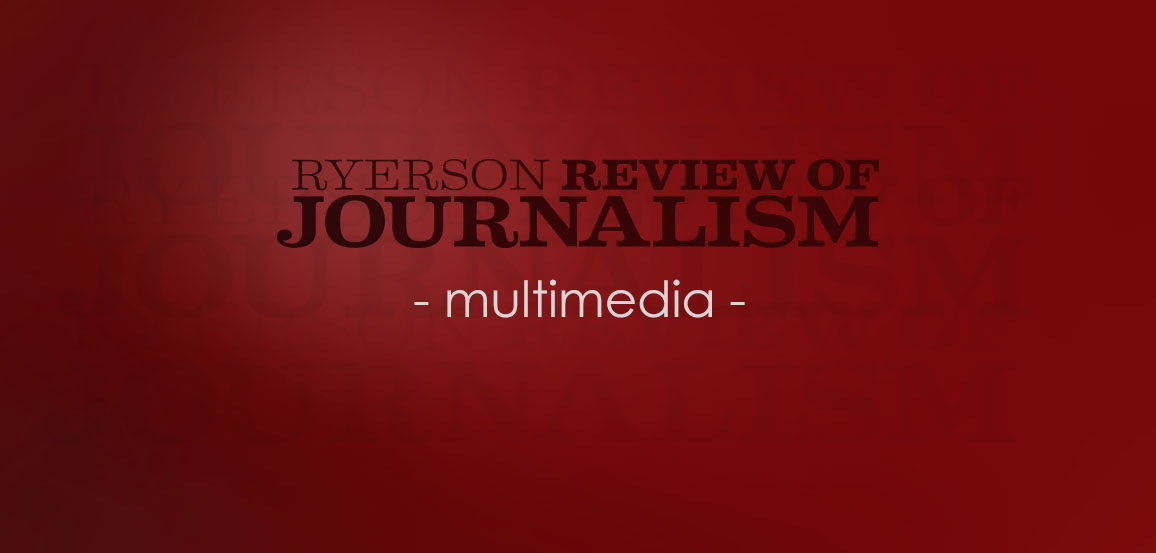Bob Huggins thought he had come up with a nearly surefire plan to make some money and secure a legacy for himself. He would make Canada’s historical newspaper records available to anyone with access to a computer and a public library card. It would be North America’s first large-scale newspaper digitization program, and when he was finished scanning and indexing his massive collection, page by inky page, he’d to sell it back to Canada.
Huggins moved quickly. In 2000, he and a partner named the project Paper of Record approached the Toronto Star, which promptly handed over $2 million and its microfilmed archives dating back to 1892. Within six years, Paper of Record had processed over 21 million newspaper pages, including a full run of The Globe and Mail and 490 other titles. In 2006, he offered his collection to Library and Archives Canada with a proposal to digitize its titles as well. The partnership would have made the country’s largest collection of Canadian newspapers available for the first time to researchers outside of Ottawa. Library and Archives turned him down.
So it’s no surprise that, five years later, Canada has fallen behind the rest of the world in digital news preservation. While the U.S. National Digital Newspaper Program alone offers individual states $3 to $5 million annually to digitize their newspapers and England has archived complete runs of many of its newspapers, Library and Archives has done little more than report on how hard it’s been to get started. And while it’s not getting started, the news is morphing into even more ephemeral forms that few people have taken a serious interest in preserving. For a would-be pioneer in the industry, it’s frustrating. “Canada could have been a world leader in this,” Huggins says. “Instead, if you go back and ask them today, I guarantee you they’ve done nothing.”
Library and Archives stores its permanent newspaper collection in its basement. Boxed microfilm and bundles of yellow newsprint pile floor-to-ceiling on shelves that stretch out to their vanishing points along empty hallways in every direction. Even for researchers who can afford a trip to Ottawa to visit the collection, the basement is closed, and it can take up to a week to access an archived newspaper. Collections manager Mary McIntyre speaks openly about the library’s reluctance to change its outdated system: “It’s a matter of economy and scale.”
Or economies of scale. The money the U.S. receives every year comes from the National Endowment for the Humanities, and Canada doesn’t enjoy the same funding. Even so, Library and Archives has no motivation to change the way it has operated since it opened in 1967. In the U.K., the government provides an incentive for public-private partnerships with the British Library, allowing the library to keep any profits it makes through website traffic, but Canada’s collection supports itself largely on government funding. So, according to a 2009 report titled, “Rethinking the stewardship of Canada’s newspapers,” Library and Archives just couldn’t afford to partner with Paper of Record.
More than economy, though, the massive size of the operation is a problem. In addition to Canada’s permanent collection packed into the basement, the 250-year-old newspaper collection overflows into three off-site warehouses. McIntyre says, “We’re not equipped for a large-scale digitization program.” And shipping the permanent collection to a private contractor would take years, climate-controlled convoys and half a million dollars. As McIntyre says, “It’s daunting when you think about it.”
“Daunting?” says Huggins. “It wasn’t too daunting for me.” For the cost of moving the collection, he adds, “We could have digitized it already six times over.”
Huggins and McIntyre do agree on one thing, though: the upheaval in the newspaper industry, particularly the rise of Web 2.0, has affected news archivists as much as news producers. Stories broken on Twitter disappear into the steadily sinking feed within minutes of breaking. Library and Archives has no immediate plans to collect the records of online forums, and news organizations make their profits producing news, not archiving it. Celia Donnelly, chief librarian at the Globe, says she has no idea how her paper will continue to preserve and provide access to interactive features such as satellite photos of Haiti before and after the 2010 earthquakes. While the Globe’s database of infographics is searchable internally, there is no way for the public to browse it independently. “People think newspapers are a public service rather than a business,” she says. “And the problem is, when you’re in the media business, with minute to minute deadlines, you’re not thinking of the future.”
That may be true, but Gene Allen, professor of media history at Ryerson University, says journalists should be concerned about the future of our past. “It’s this immense source of knowledge about the world,” he says—and not just for niche markets like historians or genealogists, but “for anyone who wants to understand anything about the past.”
Perhaps the best argument for preserving the news in an accessible format comes from John Reid, a genealogist who lives in Ottawa, partly to be close to the archives. He roves through old newspapers, reconstructing lives out of wedding announcements, crime stories and obituaries. The stories he finds in newspapers are “not the kind of thing you’re going to read in history books. It’s not the history of famous people or crazy wars. It’s the history of a community,” he says. “It’s the history of us.”
It’s also the history of journalists—and their work.
After negotiations fell through with Library and Archives Canada, Huggins sold the Paper of Record database to Google. After digitizing several more Canadian newspapers, including the Ottawa Citizen, Google discontinued its news archiving program in May 2011. Huggins says he recouped his initial investment, with his legacy intact. “I’m just disappointed that I had to sell our collective history to an American company,” he says. “My own country wasn’t interested.”
About the author
Ashleigh Gaul was the Head of Research of the Winter 2012 issue for the Ryerson Review of Journalism.

